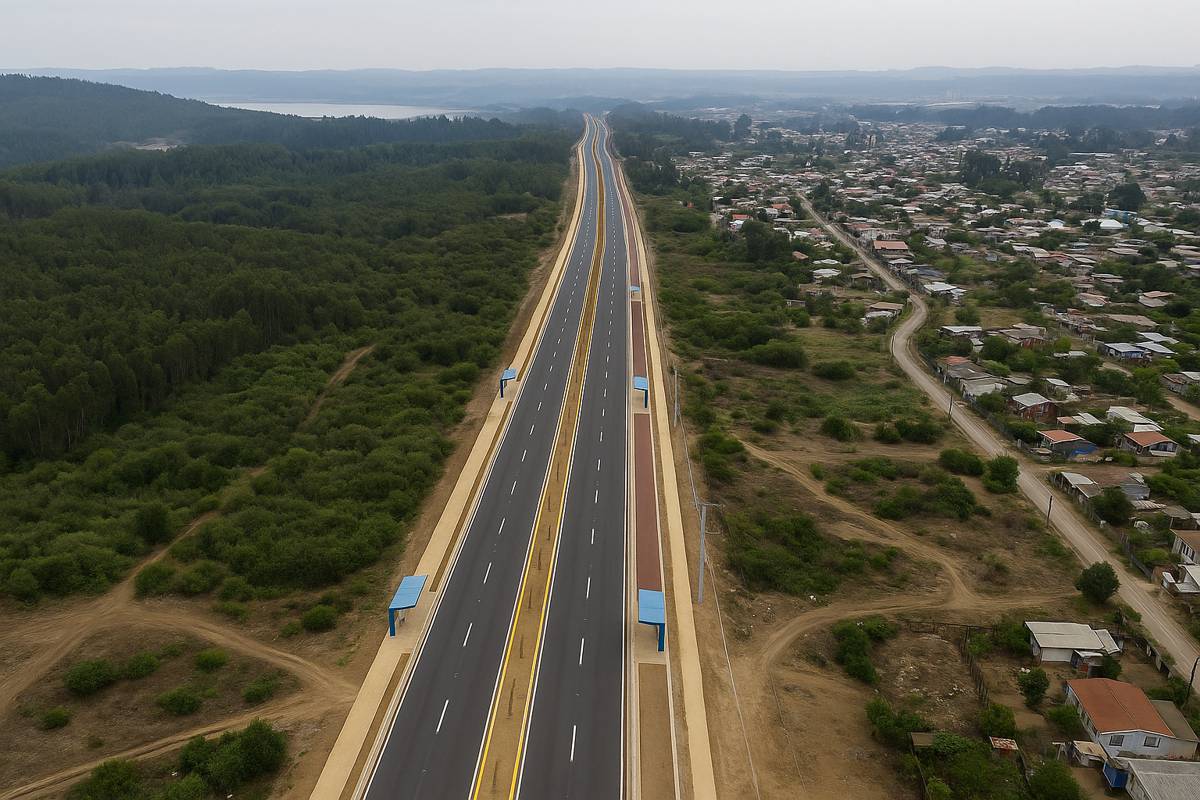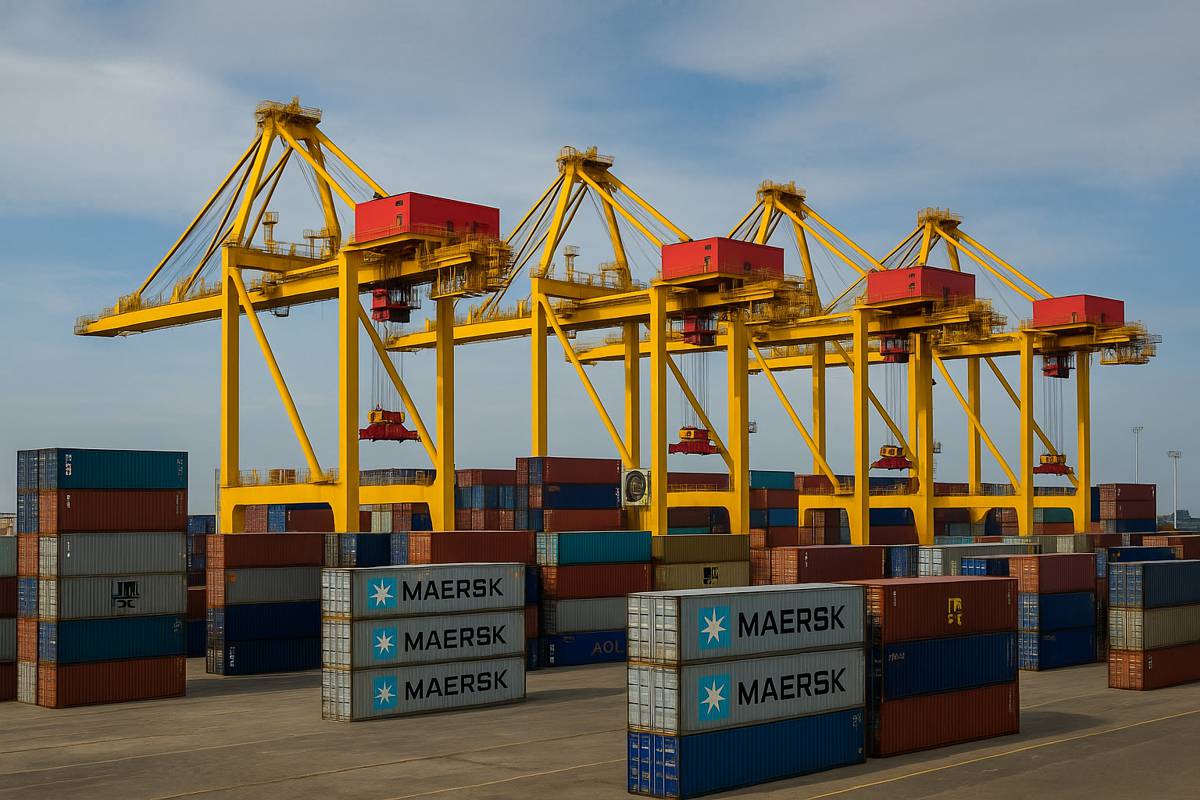Colombia invests $165m in Bogota-Belencito Railway Corridor
When it comes to modernising Colombia’s transport infrastructure, the Bogotá-Belencito railway corridor is at the heart of the nation’s plans. The National Infrastructure Agency (ANI), working through Findeter, has allocated an impressive US$165 million to ramp up the operational capacity of this critical railway link.
The upgrades, specifically between the towns of Tuta and Belencito, aim to rejuvenate the existing rail system to meet modern standards, while supporting Colombia’s broader economic and transport ambitions.
Breathing New Life into the Bogota-Belencito Corridor
The Bogotá-Belencito railway corridor is one of Colombia’s most essential transport arteries. Stretching through key municipalities across Cundinamarca and Boyacá, it connects industrial hubs, agricultural areas, and communities in need of efficient logistics solutions. The project’s focus is on modernising the superstructure — including replacing outdated rails and sleepers — which is expected to boost both speed and capacity for freight trains.
The importance of these upgrades cannot be understated. With Consorcio Ferreobelen C&E awarded the contract to execute these enhancements, the government’s US$165 million investment promises to significantly improve the rail system’s performance. This is no small feat, as the entire corridor spans numerous municipalities, including Facatativá, Madrid, and Chía, and plays a vital role in Colombia’s logistics network.
A Key Pillar in Colombia’s Transport Strategy
This recent project is just the latest example of Colombia’s commitment to improving its rail transport network. The Bogotá-Belencito corridor is not the only railway undergoing modernisation. In fact, the ANI has been busy over the past two years, pouring over US$464 million of project finance into five separate contracts, all aimed at boosting the operational efficiency of the country’s rail corridors.
These upgrades are part of a broader vision by the government, which includes integrating Public-Private Partnerships (PPP) into the long-term management of the railway system. Such partnerships are already in the pipeline and will further ensure that Colombia’s railways can meet the demands of a growing economy, while also driving down logistical costs.
Supercharging Freight Operations: An Economic Game-Changer
The Bogotá-Belencito railway corridor plays a pivotal role in Colombia’s freight operations, and its importance is only expected to grow. Since the beginning of 2024, freight volumes on the country’s railways have surged by a remarkable 33.7%, moving over 41,000 tons of cargo in just the first half of the year. These impressive statistics underscore the strategic value of Colombia’s rail corridors, particularly as industries increasingly turn to rail for more efficient, cost-effective transportation solutions.
By focusing on upgrading infrastructure, the government aims to encourage more businesses to adopt rail transport, easing the pressure on Colombia’s congested road networks. Faster trains, improved tracks, and a more reliable system will all contribute to making rail transport an attractive alternative to trucking, especially for the movement of goods between Colombia’s industrial heartlands and export routes.
A Critical Corridor for Regional Development
What makes the Bogotá-Belencito corridor so essential is its role in connecting key industrial and agricultural regions. It links bustling cities like Bogotá to smaller municipalities that are pivotal to the nation’s economy, ensuring that both goods and services can move swiftly between them. The corridor serves as a lifeline for numerous industries, from manufacturing to agriculture, that rely on timely and cost-efficient transportation solutions.
Moreover, the corridor isn’t just important for freight. It’s also part of a broader strategy to enhance regional connectivity, improving access to opportunities for businesses and communities across central Colombia. The towns and cities along the route, including Tunja, Zipaquira, and Duitama, stand to benefit immensely from the increased rail capacity, opening up new avenues for regional trade and development.
A Future of Sustainable Rail Transport
Sustainability is becoming an increasingly important part of transport strategies worldwide, and Colombia is no exception. By investing heavily in its railway infrastructure, the national government is also making strides towards a greener and more sustainable future. Rail transport is a significantly more eco-friendly alternative to road transport, producing far fewer emissions per ton of cargo transported.
In light of this, the Bogotá-Belencito upgrades mark a step towards aligning Colombia’s transport system with global sustainability goals. Reducing the dependency on trucking not only eases congestion but also cuts down on CO2 emissions — an important consideration as the country works to meet its environmental targets.
Long-Term Investments for Lasting Growth
With the National Infrastructure Agency driving the modernisation of Colombia’s railways, the focus is clearly on long-term results. Beyond the immediate benefits of increasing freight capacity and improving the speed of train services, these upgrades are designed to last. The recent projects are also part of a broader effort to ensure Colombia’s transport network can keep pace with the country’s growing economy.
So, what’s next for the Bogotá-Belencito corridor? Once the upgrades between Tuta and Belencito are complete, businesses, local governments, and communities can expect faster, more reliable services that will improve logistics performance and commercial activities. These enhancements will create new opportunities for trade, making the region more competitive, and helping local economies thrive.
Investing in Colombia’s Future
Ultimately, the modernisation of the Bogotá-Belencito railway corridor signals a commitment to progress and growth. As Colombia continues to invest in its infrastructure, it’s clear that the future of transport will rely heavily on a well-maintained, modern rail system. With additional projects in the works and a strong focus on sustainable, efficient solutions, Colombia’s railways are on track to becoming a cornerstone of the country’s future development.
These upgrades represent not just an improvement in capacity, but a catalyst for economic growth. They will allow businesses to expand their operations, while offering a more sustainable and cost-effective method for transporting goods across the country. This is a significant leap forward for Colombia’s logistics industry, one that will shape the nation’s transport landscape for years to come.





















